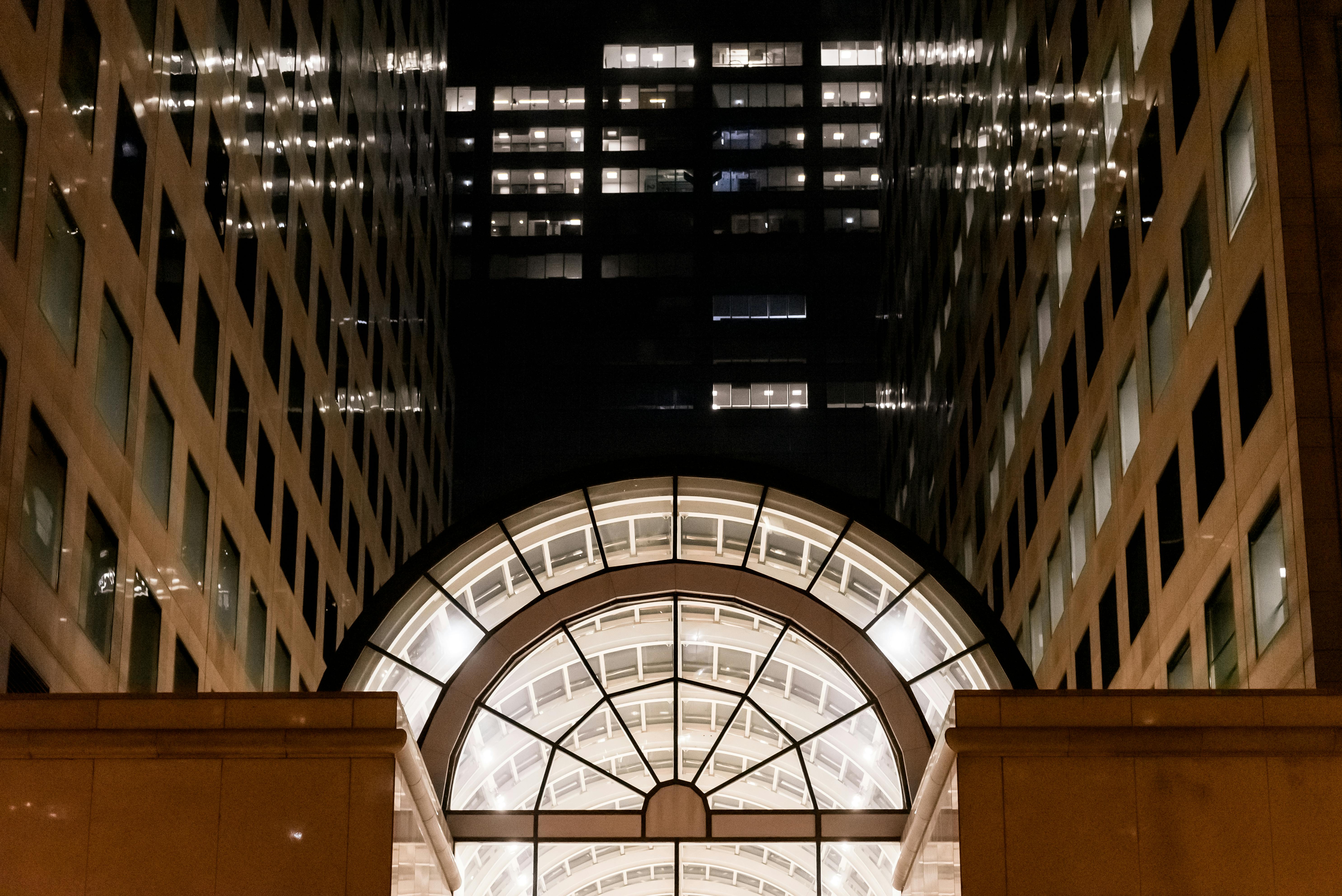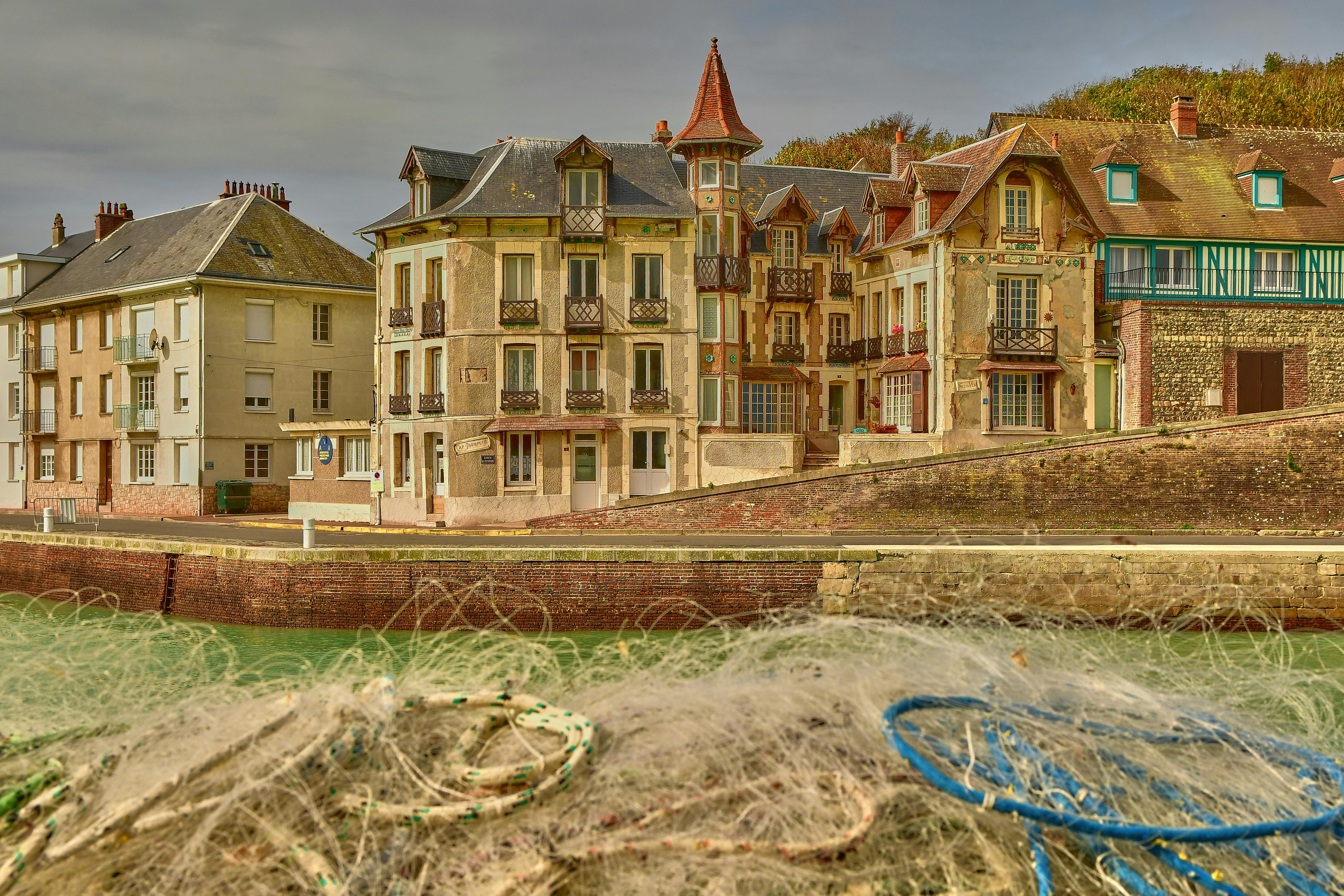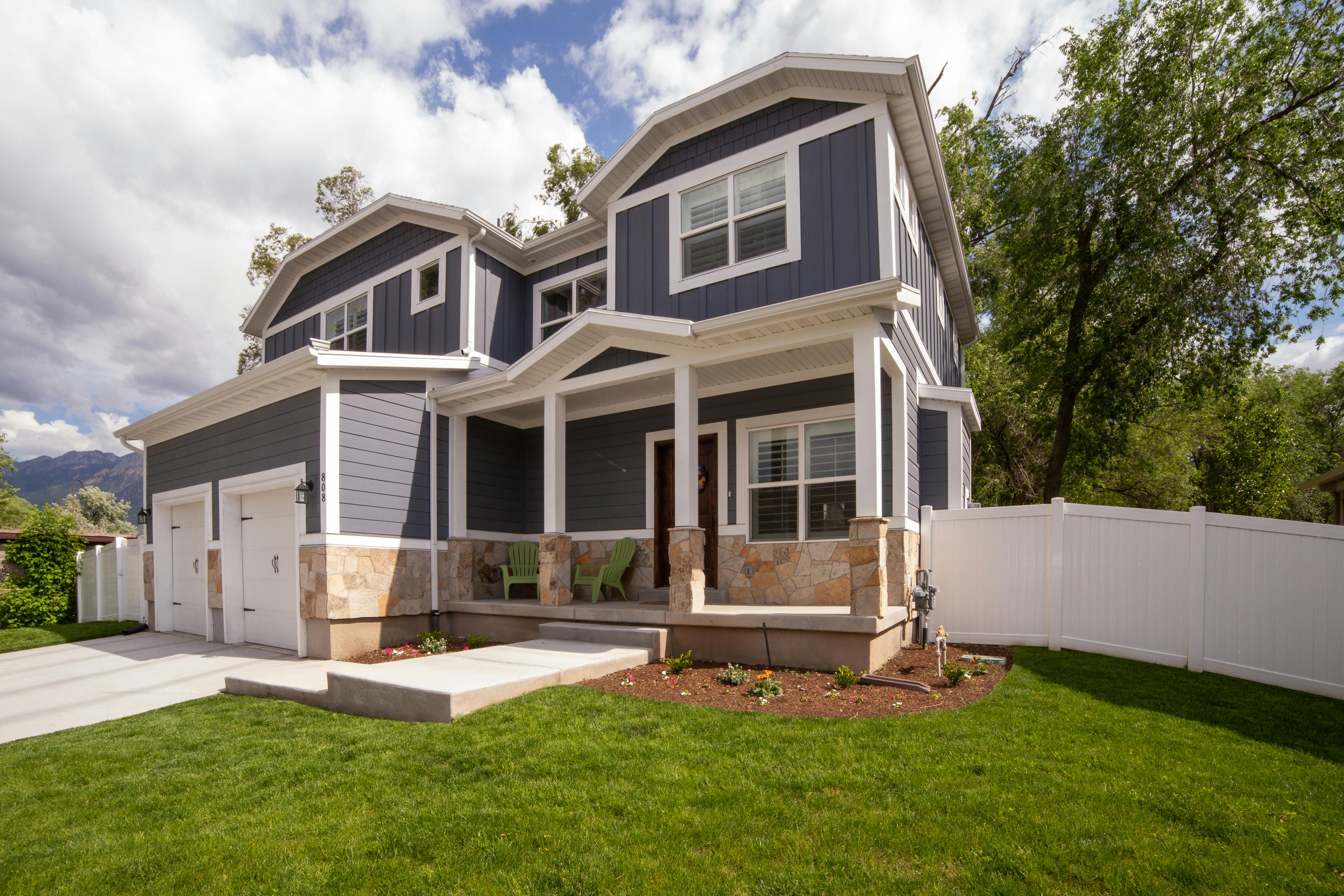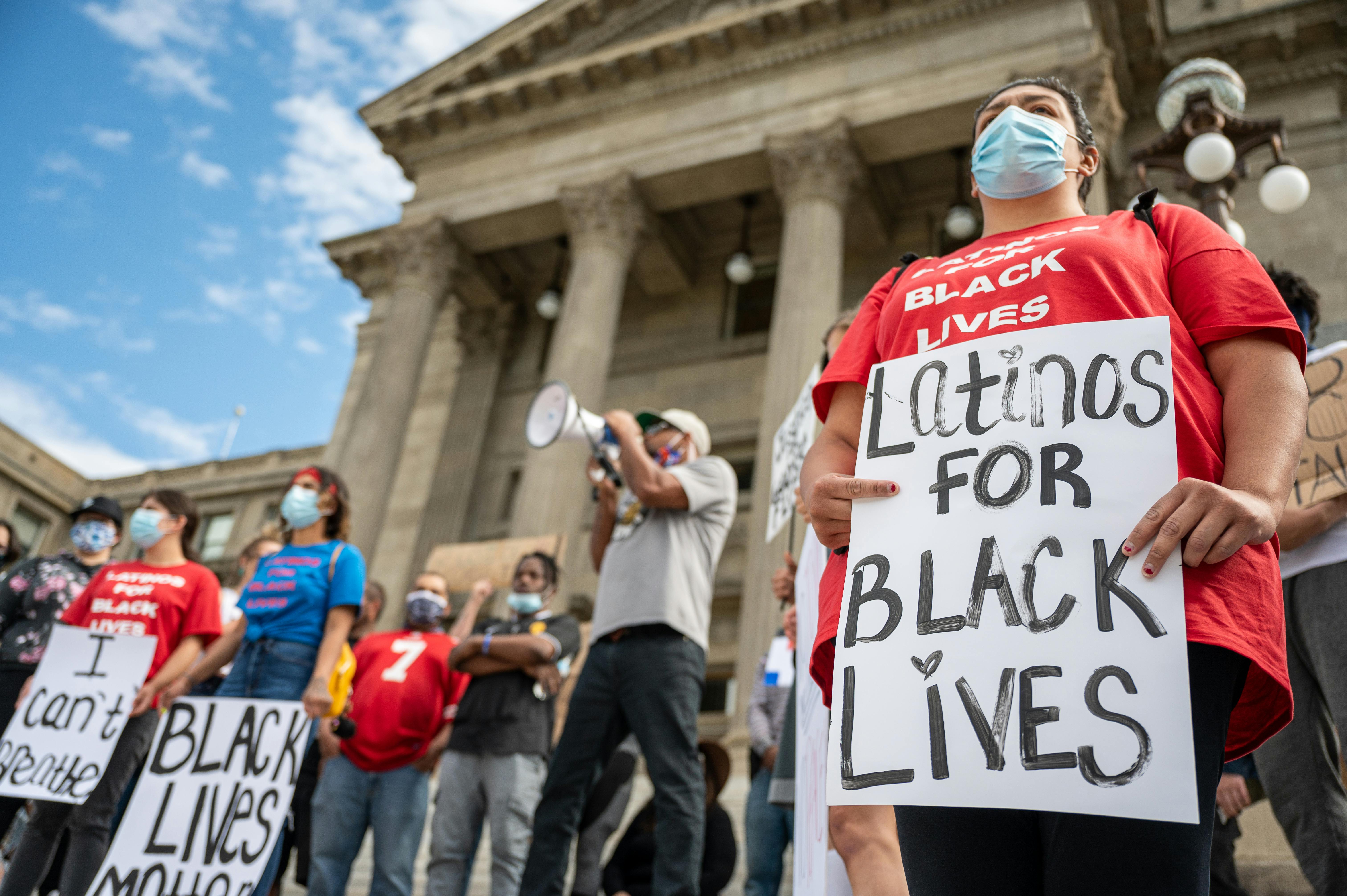
Types and styles of construction in Nairobi
A modern city, Nairobi increases 64 high-rise buildings such as Nyayo House and I&M Bank Tower etc, 35 low-rise buildings including Roast House and Pioneer House among others 5 skyscrapers such as Times Tower and Kenyatta. International Conference Center. There is also a monument, a bell tower and an airport tower.
Building types and styles have the ability to enhance and change your lifestyle, improve your outlook, and most importantly, make you productive. Similarly, poor building designs can be repressive and make you miserable. This implies that the types and styles of construction can determine the investment potential of a building.
What are the prevailing building types and styles in Nairobi?
Mainly, Nairobi has modern buildings. You will rarely find traditional building designs except for very old buildings such as the Macmillan Library.
-
Since Nairobi was the capital of the British East Africa Protectorate, most building types and styles here have European elements.
Due to the fact that building types and styles impact our lives, from work and school to communities, in Nairobi they often represent our social status and are clearly different between upper, middle and lower class. neighborhoods There is significant diversity between buildings within and outside the CBD.
Types and styles of buildings within the CBD
Both residential and commercial properties in the Nairobi CBD are mostly high-rise buildings with multiple floors, lifts and emergency exits, and some have built-in parking areas.
-
The buildings are constructed with blocks and mortar.
-
Most of them contain basement, ground and mezzanine floors.
-
The floors and ceilings are tile.
-
More recently, buildings are using glass, arches, pillars, modified metal grills, and custom architectural designs to enhance building types and styles.
-
Arched masonry is performed to improve building designs.
Types and styles of buildings outside the CBD
Commercial and residential properties located here are no more than 5 stories above the ground.
-
The buildings for industries are made of block and mortar or a combination of these with bars and iron sheets with cemented floors and iron sheet roofs.
-
The office buildings are similar to those in the CBD, except they have fewer floors.
-
Properties are attached or detached with block walls separating them
-
Most of them have individual enclosures and parking areas.
Types and styles of construction in low-income neighborhoods
Building types in these areas are often intended to meet the housing needs of the occupants, and therefore less attention and effort is devoted to improving building design.
-
They often involve 4-5 storey flats or semi-detached houses made of blocks and mortar and divided accordingly into single, double, dormitory, 1 and 2-bedroom rooms.
-
Sheet iron is the preferred material for the roof and the floors are cemented.
-
In the slums or squatter settlements within Nairobi, the houses are made of mud or iron sheets for the walls, simple dirt floor and iron sheets are used for the roof.
-
Most of the buildings are built in rows and columns with limited space left for enclosures and parking lots.
Types and styles of construction in upper-middle-class neighborhoods
In these neighborhoods, the sophisticated designs and style of the buildings are taken into account when building.
-
Most of the middle-class buildings are high-end duplexes or apartments located in gated communities called housing estates with a single common entry point. A farm can have 25-30 housing units.
-
Most of the high-end buildings are single-unit houses or older buildings that are equipped with 6-10 bedrooms, guest wings, utility rooms, large complexes with adjacent farms/gardens.
-
Most of the buildings are installed with a concrete slab floor and a clay tile roof.
-
There is a great application of architectural creativity in the style and design of houses.
-
Block and mortar are often used, although wood and brick are often integrated to enhance the appearance and designs of the buildings.
goes green
As global awareness of the need to conserve the environment increases, newer buildings in Nairobi are going green by using renewable building materials, installing solar panels and using translucent iron sheets for lighting. , among other things.
Furthermore, technology and innovation are being used to develop futuristic buildings that meet present and future housing needs, as seen in Tetu City and Konza City.
—






